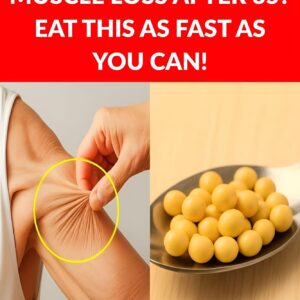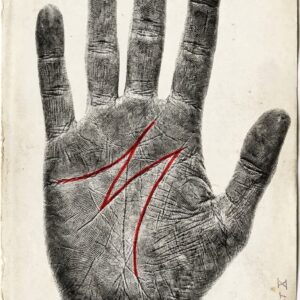Asian beauty traditions have long relied on the milky liquid left over after rinsing or cooking rice to keep skin supple and wrinkle-resistant.
Modern studies confirm that fermented or cooked rice water increases collagen in skin cells and provides gentle UV protection.
Even plain rice starch forms an occlusive yet breathable film that speeds barrier repair on irritated skin.

Rose water, distilled from petals, brings anti-inflammatory polyphenols and a natural pH of about 5.5 that helps rebalance skin after cleansing.
By marrying the two in a gel base, you get the tightening effect of rice plus the toning, redness-reducing benefits of rose—all without clogging pores.
Aloe-vera polysaccharides add immediate hydration and boost procollagen while suppressing collagen-degrading enzymes.
Ingredients Required
-
2 Tbsp cooked rice (any non-sticky Indian variety like Sona Masoori or basmati)
-
3 Tbsp pure rose water (food-grade or steam-distilled)
-
2 Tbsp fresh aloe-vera gel (or bottled 99 % pure)
-
1 tsp vegetable glycerin
-
1 vitamin E capsule (400 IU)
-
Optional boosters: ½ tsp raw honey, 1 tsp freshly brewed flaxseed gel, 1 drop lavender essential oil
Procedure
-
Extract rice gel
-
Blend the cooked rice with 4 Tbsp warm water for 30 seconds until it turns into a thin porridge.
-
Strain through muslin or a fine sieve; the thick, opalescent slurry collected underneath is your collagen-rich rice gel.
-
-
Combine watery phases
-
In a sterile glass bowl, whisk the rice gel with rose water until completely smooth.
-
-
Enrich with humectants
-
Add aloe-vera gel and vegetable glycerin, stirring continuously to avoid lumps.
-
-
Antioxidant boost
-
Pierce the vitamin E capsule and squeeze its contents into the mixture; whisk well.
-
If using honey or flaxseed gel, fold them in now. Essential oil goes in last for fragrance.
-
-
Cool & set
-
Transfer to a sanitized 50 g cosmetic jar and refrigerate for 2 hours. The starch will thicken, yielding a light, pudding-like gel.
-





